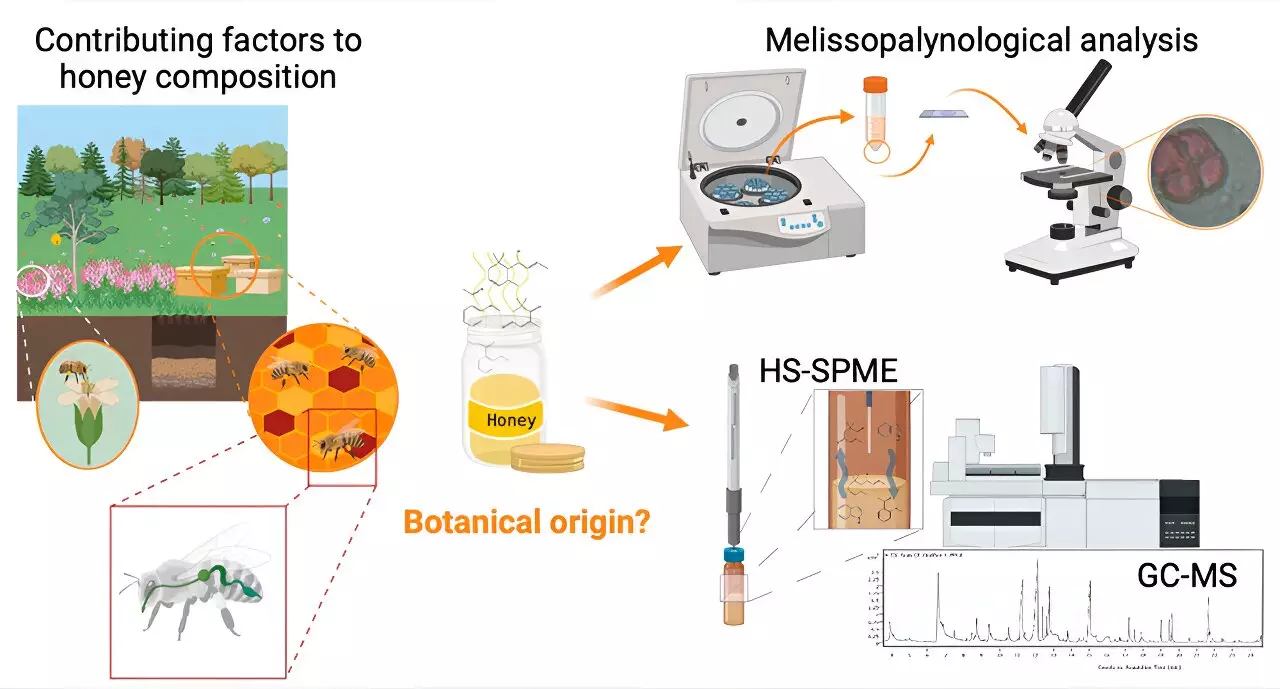Perfume-making, an art that captures our senses and evokes emotions, stretches back over three millennia, with its roots firmly planted in the civilizations of ancient Mesopotamia. Among the notable figures of this illustrious past is Tapputi-belat-ekalle, revered as the first chemist in history. Inscriptions from clay tablets during the Middle Assyrian period (1400–1000 BC) reveal that Tapputi was not merely a perfumer but a masterful overseer of a collective of female aroma artisans. She operated at the royal court, personally crafting enticing fragrances for the king and his family. The tablets, preserved in the Vorderasiatisches Museum in Berlin, provide a glimpse into her sophisticated techniques, which are surprisingly relevant in modern perfumery.
Understanding the Chemistry of Scent
Tapputi’s work transcended the mere creation of pleasing fragrances; it illustrated the intricate dance between art and chemistry. Through the use of various aromatic plants and flowers readily available in her time, she pioneered techniques for extracting essential oils. The chemistry involved in creating perfumes relies heavily on volatile compounds—substances that evaporate at room temperature and are detectable by our olfactory senses.
Her meticulous procedures involved methods such as decoction and infusion, approaches that remain fundamental today, albeit with modern enhancements. By boiling plant materials or steeping them in hot water, Tapputi extracted odoriferous compounds that would become the backbone of her most coveted perfumes. In effect, she laid the groundwork for processes like maceration and distillation, techniques that still dominate the field of scent creation.
From Ancient Practices to Modern Applications
Imagine the painstaking effort Tapputi must have exerted to refine her perfumes. Today, this meticulous approach is mirrored in the world of contemporary perfumery, where similar extraction techniques have been optimized through generations. If Tapputi were alive today, she might easily have been recognized as a “nose,” the term used for those who expertly blend science and creativity in fragrance formulation.
Modern perfumers possess a keen understanding of the interactions among various scent compounds. Each fragrance comprises a symphony of notes, creating an olfactory experience that is both complex and captivating. The intricate balance required to achieve such harmonization demonstrates the elevated skill set needed in today’s perfume industry.
High-Tech Innovations in Aromatic Research
With technological advancements, the exploration of scents has ventured into innovative realms. The advent of e-noses—electronic devices modeled after human sensory perception—has revolutionized aroma analysis. These devices provide comprehensive “fingerprints” of volatile compounds, proving invaluable in numerous industries, from culinary arts to healthcare. For instance, e-noses could usher in a new dawn of disease diagnostics by identifying changes in volatile molecule profiles linked to blood sugar changes.
Furthermore, contemporary studies, such as those conducted on the aroma profiles of Irish honey, delve into the complexities of nature’s fragrances. By discerning the origin of specific scents, researchers hope to unlock the precise relationship between floral sources and the aromas produced, thereby enriching our understanding of nature’s aromatic bounty.
The Emotional Resonance of Fragrance
Beyond its chemistry, the role of fragrance in human culture is profound and enduring. Recently, scientists have begun to unravel the psychological impacts of scent, revealing its power to evoke memory and emotion. The ancient use of perfumery transcended mere aesthetics; scents held religious significance and were essential in rituals intended to connect with the divine. Tapputi’s creations were not merely for adornment—they served as cultural touchstones, integrating the divine into daily life.
This ancient understanding of fragrance as more than simple adornment mirrors our modern inclination to associate scents with emotional experiences. Certain aromas can trigger vivid memories, making them essential in advertising and product design, as well as in our everyday lives.
The Art of Creating Fragrance Today
As we honor pioneers like Tapputi, the prospects of making personal perfumes today remain vibrant and filled with potential. DIY perfume-making offers a creative outlet, allowing individuals to craft their unique scent experiences. Inspired by the ancient practices of Tapputi, modern enthusiasts can explore an array of aromatic possibilities, experimenting with floral, fruity, spicy, or woody notes to create something deeply personal.
The journey of perfume crafting invites us to engage deeply with the art and science behind our cherished scents, offering an opportunity to connect with a long-standing tradition that is as relevant today as it was in ancient times. This blend of creativity, chemistry, and emotion continues to inspire and captivate, making the world of fragrances a timeless odyssey awaiting discovery.

